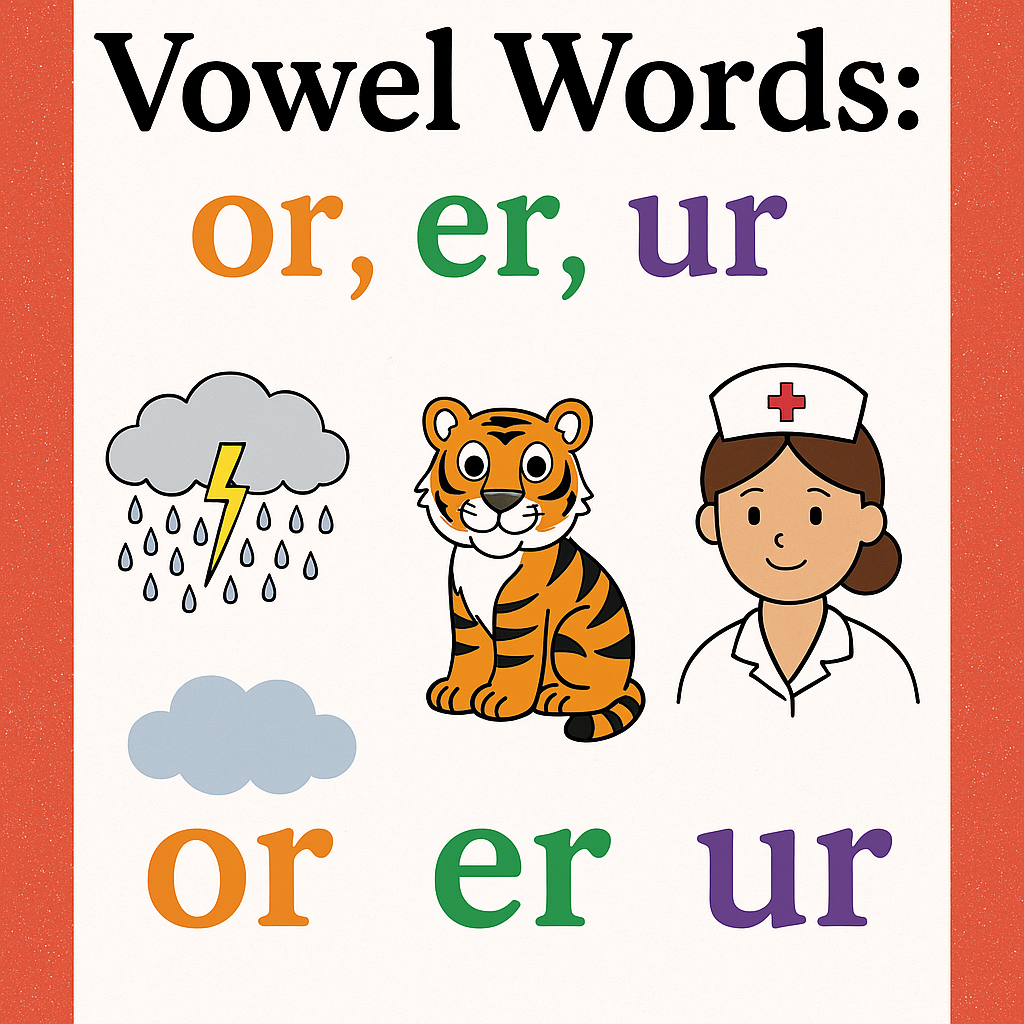
Trading Book
1: Introduction to Trading Book
Trading Book involves buying and selling assets in a financial market with the goal of making a profit. It can be done in various markets, including stocks, forex, and commodities.
2: Types of Trading Book
There are several types of trading, including day trading, swing trading, and long-term investing. Each type has its own unique characteristics and requirements.
3: Trading Book
Trading Book strategies are plans used to achieve trading goals. They can be based on technical analysis, fundamental analysis, or a combination of both.
4: Risk Management
Risk management is a crucial aspect of trading. It involves using techniques such as stop-loss orders and position sizing to limit potential losses.
5: Market Analysis
Market analysis involves studying market trends and patterns to make informed trading decisions. It can be done using technical or fundamental analysis.
6: Trading Psychology
Trading psychology refers to the mental and emotional aspects of trading. It involves managing emotions and developing a disciplined trading mindset.
7: Choosing a Broker
Choosing a broker is an important decision for traders. Factors to consider include fees, trading platforms, and customer support.
8: Trading Book Tools and Platforms
Trading Book tools and platforms provide traders with the necessary resources to analyze and execute trades.
9: Understanding Charts
Charts are a key tool for traders. They provide visual representations of market data and can be used to identify trends and patterns.
10: Trading Book Indicators
Trading Book indicators are calculations based on market data that can be used to predict future price movements. Examples include moving averages and relative strength index.
11: Trading Book for Beginners
Trading for beginners requires a solid understanding of trading basics and a well-thought-out trading plan. It’s essential to start with a demo account and gradually move to live trading.
12: Advanced Trading Techniques
Advanced trading techniques include strategies such as scalping and hedging. These techniques require a high level of trading experience and expertise.
13: Trading Mistakes to Avoid
Common trading mistakes include overtrading, failing to manage risk, and making emotional decisions. Traders should strive to avoid these mistakes to achieve success.
14: Trading Success Stories
Trading success stories can provide inspiration and insights for traders. They often involve a combination of hard work, discipline, and a well-thought-out trading plan.
15: Conclusion
Trading can be a rewarding and challenging activity. By developing a solid understanding of trading basics and continually improving trading skills, traders can increase their chances of success.






















